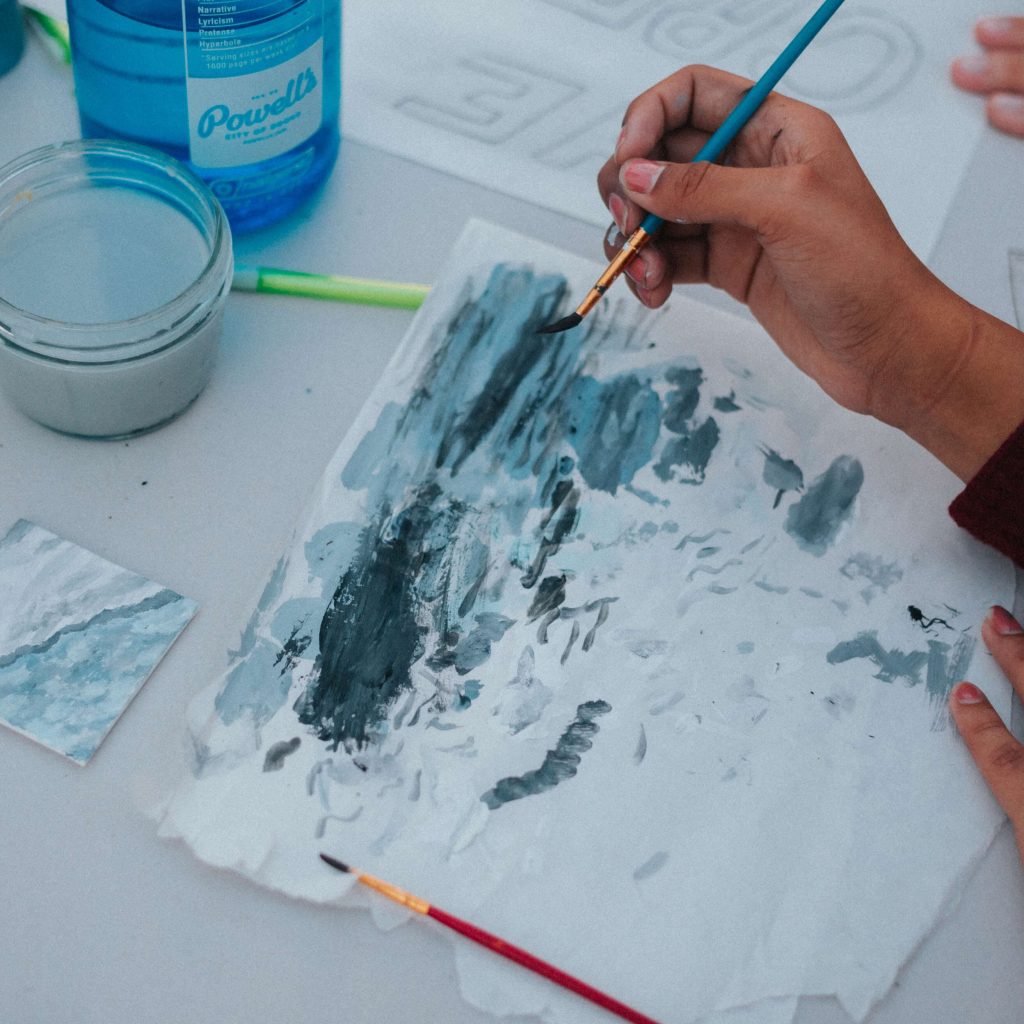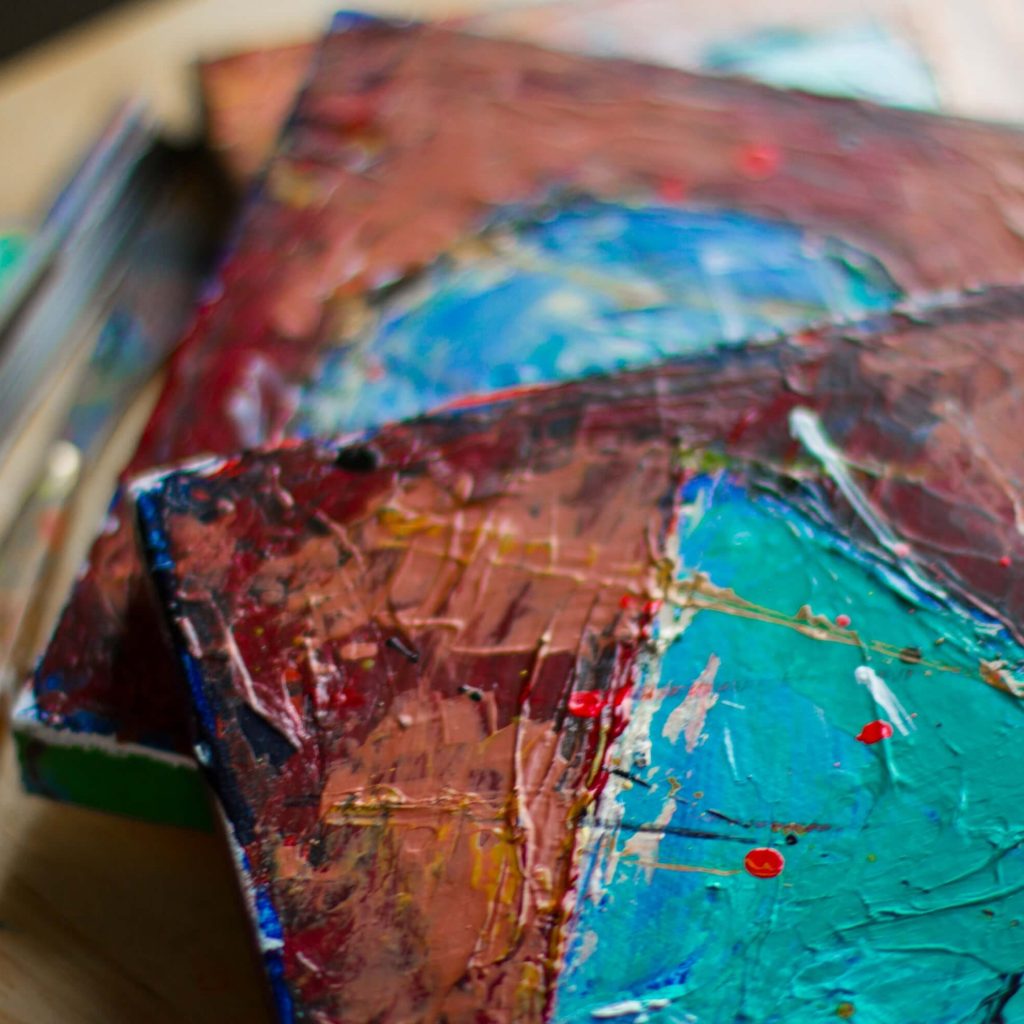
Acrylic paints are a great choice for beginning artists. They are versatile and easy to use, but there are a few things you should know about them.
Acrylic is a wonderful invention for both professional artists and amateur painters. The relatively low price, rich color palette, ability to work on a variety of surfaces, harmlessness and virtually no toxic substances or pungent odors make acrylic paint almost ideal

Acrylics are pigment resin based paints. They dissolve in water and do not contain toxic and irritating substances. They dry quickly and become immediately insoluble in water and many solvents. Among the advantages of acrylic paints are:
Acrylic paints can be used on almost all surfaces, except for some types of plastic.
Synthetic and natural bristle brushes are typically used when working with acrylic paint. Because the paints are not water soluble when completely dry, you should rinse your brushes thoroughly after each use. You will also need containers of cold water to soak your brushes in. Acrylic hardens in hot water. Cloths for wiping the brushes will also be useful.
For mixing paints, you will need a palette. You can buy a special palette for this purpose or use disposable plates or a piece of cardboard
Also, remember that you can’t wash acrylic paint once it’s completely dry, so use an apron or wear clothes you don’t regret while painting.

Here are some practical tips on how to work properly with acrylics and make some things easier on yourself:

Despite their long shelf life (2-5 years), acrylics in jars and tubes continue to thicken and dry out after a while. This happens especially often when the paints are rarely used. What to do in such a situation?
If the paint has started to thicken, you can simply dilute it with water, close it and set it aside for a while. Then stir well and start using again.
In this case, you can clearly see the clear liquid and thickened paint in the jar or after squeezing the paint from the tube. Simply mix the separated binder and pigment anew by shaking the container firmly closed. If this did not work, it means that the paint is broken and you need to throw it away.
Here it all depends on what condition the paint is in. If it is already quite hardened but still suitable for softening, you can fill it with water with a small amount of solvent and leave it in a closed jar overnight.
When the paint has dried completely and become hard as stone, you have no choice but to take it out of the jar and grind it to a powdered state. Pour boiling water into it and stir until the lumps dissolve completely. Then pour everything into a container and seal it. The second option is a last resort and after such a treatment the paint may change its properties, so it is better to throw it away and buy a new one.
Even well stored acrylic paint can spoil. It gives off a sour and musty smell. In this situation, you should throw it away.
If you rarely use paint but don’t want it to dry out, just open the jars once every few months and check its condition. If the paint visibly thickens, you need to stir it thoroughly with a stick and add cold water (or a special solvent). Always check that the lids of paint cans are tightly closed and do not store them at too low temperatures.